Part 1: Top 5 Common Gas BBQ Issues and How to Fix Them
A gas BBQ is a convenient way to enjoy delicious grilled food at home, but like any appliance, it can run into problems over time. In this first part of our two-part series, we’ll cover the top five common issues with gas BBQs and provide simple solutions to get your grill back in working order.
1. Weak or Uneven Flame
Cause: Weak or uneven flames are often caused by blocked burner tubes, clogged gas lines, or issues with the gas regulator.
Solution:
Check for Blockages: Use a brush or pipe cleaner to clear any debris or insects in the burner tubes.
Adjust the Regulator: Turn off the gas, disconnect the regulator, wait a few minutes, then reconnect and slowly turn on the gas to reset the gas flow.
Inspect Gas Lines: Check the gas hose for kinks or bends that might restrict flow, and replace any damaged hoses.
2. Grill Won’t Ignite
Cause: Common causes of a grill not starting include a malfunctioning igniter, lack of gas flow, or a dead igniter battery.
Solution:
Check the Igniter: Listen for a clicking sound when pressing the igniter. If there’s no sound, the igniter may need replacing or a new battery.
Inspect the Battery: If your grill has an igniter battery, replace it with a fresh one.
Manual Lighting: If the igniter doesn’t work, light the BBQ manually using a match or lighter through the designated lighting hole (always follow the manufacturer’s instructions).
3. Low Flame After Refilling Propane Tank
Cause: After connecting a new propane tank, the grill’s safety mechanism can restrict gas flow.
Solution:
Reset the Regulator: Turn off all burners and the propane tank. Disconnect the regulator, wait a few minutes, then reconnect it. Open the propane valve slowly, then relight the grill.
Check for Leaks: Ensure all connections are secure. Apply soapy water to the connection and check for bubbles, which indicate a leak.
4. Excessive Flare-Ups
Cause: Grease buildup or fatty foods dripping onto flames can cause flare-ups.
Solution:
Clean the Drip Tray: Regularly empty and clean the drip tray to prevent grease buildup.
Trim Fatty Meat: Remove excess fat from meat to reduce dripping and flare-ups.
Use a Two-Zone Fire: Grill fatty foods on the indirect side of the grill to reduce flare-ups while cooking.
5. Grill Isn’t Getting Hot Enough
Cause: Lack of heat can result from an issue with the regulator, clogged burners, or a nearly empty propane tank.
Solution:
Check the Propane Tank: Ensure the tank has enough gas. Pour warm water down the side of the tank; the propane level will feel cool to the touch.
Clean Burners: Use a brush to clear any grease or food debris that might clog the burners.
Reset the Regulator: Turn off the gas, disconnect the regulator, reconnect, and slowly open the valve to reset it.
By addressing these common issues, you can keep your BBQ in top condition and ready for your next cookout. In Part 2, we’ll explore even more troubleshooting tips to help resolve additional gas BBQ challenges.
Stay tuned for Part 2 of our BBQ Troubleshooting Series!
